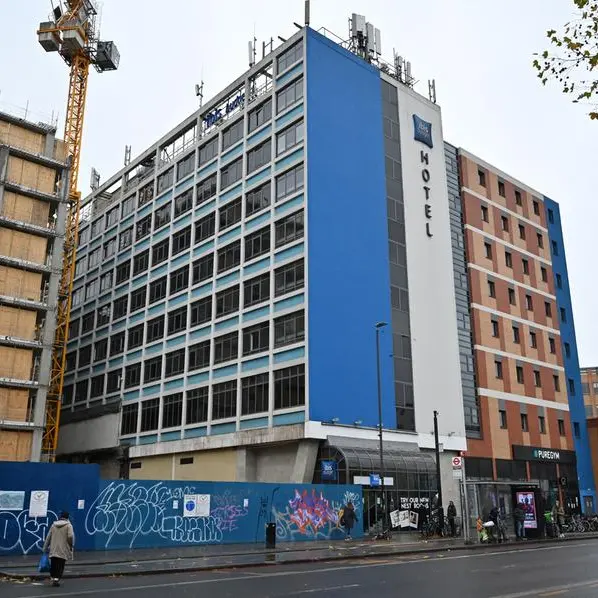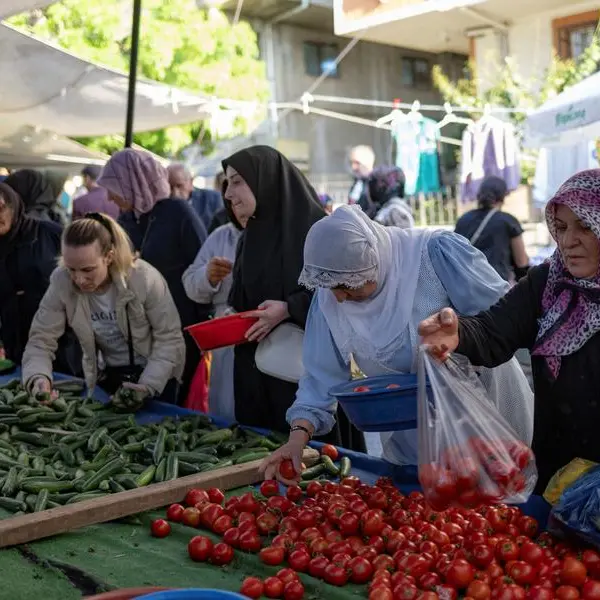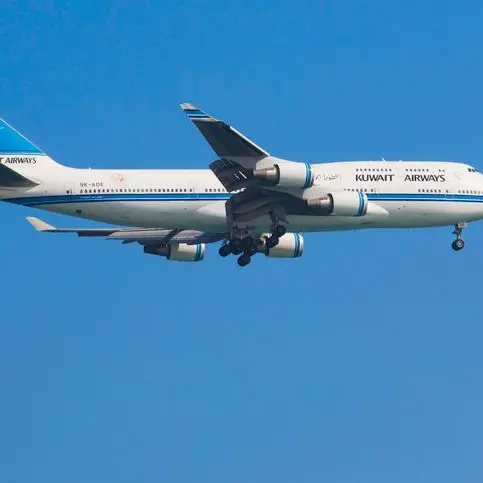In the Arab world, the digital revolution has begun. Over the past 12 months, the percentage of youth shopping online spiked from 53 percent to 71 percent. While the penetration is still lower than in Western countries such as the UK (88 percent), the pace of growth is remarkable.
The truth is that, while Arab youth are one of the most digitally-savvy demographics globally, the MENA e-commerce market remains underdeveloped.
Indeed, according to a recent study by Bain & Company and Google, the B2C e-commerce market for packaged goods (excluding automotive, food delivery and travel) in MENA amounted to $8.3 billion in 2017. Thus, e-commerce only represents 1.9 percent of total retail in MENA (4 percent in the GCC), against 10-15 percent in most developed markets.
Why is the MENA e-commerce market so small, despite 71 percent of the youth shopping online? This is primarily due to the low frequency of purchase. While the average shopper in the US conducts 19 purchases online annually, MENA shoppers do so only two-to-four times a year.
This difference of frequency of purchase is due to three factors: one, the lack of supply and limited product selection in local websites; two, the relatively poor performance of the last mile delivery; and three, the lack of trust and prevalence of cash on delivery in the Arab world.
We are seeing substantial progress on each of these obstacles to growth. New entrants in e-commerce – either global giants investing in the region or local start-ups – are bringing more supply to the region. New technology such as geo-localisation and new business models are improving the service levels of last mile delivery – for example, a company like Get Ir is capable of delivering a range of 1,000 items to anyone in Istanbul within an average of 10 minutes.
Regarding the lack of trust and prevalence of cash on delivery, traditionally one of the biggest challenges to the growth of e-commerce in the region, the ASDA’A BCW Arab Youth Survey 2019 reveals a slight shift in preference. Nearly half of youth in MENA (49 percent as a whole and 60 percent in GCC) now prefer card payment over cash on delivery.
Beauty a key driver
Clothing, meals, electronics and, to a lesser extent, beauty are the key drivers of e-commerce among young Arabs.
While these categories are also top-performing e-commerce categories globally, their ranking differs in the region.
The delivery of prepared meals is particularly well developed in the Middle East, with the survey showing that 37 percent of young people choose to order food online. As a result, in Saudi Arabia, delivery of prepared meals now accounts for 13 percent of the entire food service industry and almost 30 percent of fast food sales. This is the fourth-highest penetration rate globally after Korea, Japan and the UK.
Beauty is also surprisingly developed, with 28 percent adoption among the youth (i.e. almost 50 percent of women). As a result, e-commerce now accounts for 11 percent of total beauty retail in the GCC and Egypt, compared with only 9 percent in the US. This is the one category where MENA penetration exceeds global benchmarks.
Moving forward, clothing, meals, electronics and beauty will remain essential, and e-grocery is expected to become much more prevalent than today. In 2017, e-grocery accounted for less than 1 percent of total grocery. However, since then, several brick-and-mortar retailers have launched their own e-grocery solutions and many start-ups have entered the space.
The availability of products as well as the quality of the customer experience is slowly improving as retailers learn to master the challenges of online sales.
Innovative delivery models such as Get Ir and the development of ‘drive thru’ collection points will foster market growth. Further, e-grocery will account for 3 to 4 percent of total grocery by 2022.
As a result of these trends, the e-commerce market in MENA is set to continue to experience fast growth – by as much as 25 or 30 percent per year – to reach $28 billion, or 7 percent of total retail by 2022.
E-commerce is not hype; it is a fundamental trend reshaping the retail industry globally, and the Middle East is no exception.
* This article was co-written by Anne-Laure Malauzat, a principal in Bain & Company’s Middle East office.
Any opinions expressed here are the author’s own.
Disclaimer: This article is provided for informational purposes only. The content does not provide tax, legal or investment advice or opinion regarding the suitability, value or profitability of any particular security, portfolio or investment strategy. Read our full disclaimer policy here.























